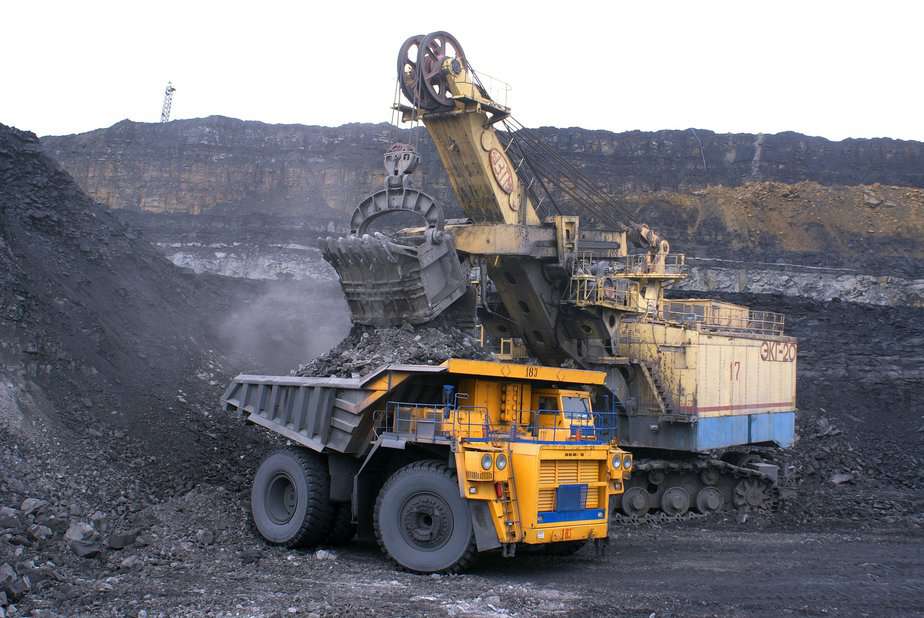
New research from the University of Queensland reveals that approximately one-third of the world’s mine tailings are situated in or near protected conservation areas, posing significant threats to precious species and ecosystems.
Led by Bora Aska from UQ’s Sustainable Minerals Institute and School of the Environment, the study sheds light on the environmental risks associated with these waste facilities.
Mine tailings comprise the remnants and byproducts left behind after mineral processing, and the storage facilities created to contain them are among the largest engineered structures globally. Of the 1,721 documented tailings facilities, the research found that 9% were situated within officially designated protected areas, while 20% were within a mere five-kilometer radius.
Concerns for Biodiversity and Conservation Efforts
These findings raise concerns about the potential harm mine wastes pose to biodiversity in protected regions worldwide, including eight active tailings storage dams within Australian protected areas, as recognized by the IUCN (International Union for the Conservation of Nature).
The study draws attention to the devastating consequences of dam failures, as exemplified by the 2015 Samarco dam failure in Brazil, which resulted in 19 fatalities and extensive environmental damage. Subsequently, in 2019, another dam collapse near Brumadinho, Brazil, claimed the lives of 270 people and caused significant destruction to protected areas, including Atlantic Forest.
Mitigating Risks and Urgent Actions Needed
Bora Aska expressed concerns regarding future risks associated with such large tailings facilities, emphasizing their significance to biodiversity and conservation efforts. The research utilized a global tailings facilities database in conjunction with spatial data on protected areas, primarily relying on disclosures by publicly listed companies as part of the Mining and Tailings Safety Initiative, established following the Brumadinho disaster.
Associate Professor Laura Sonter from UQ noted the growing complexity of managing mine waste as global tailings production is expected to rise significantly in the next three decades due to increased demand for energy transition metals and diminishing ore grades. She highlighted the potentially devastating consequences for biodiversity and underscored the need to integrate this knowledge into the design and management of new and existing facilities. Sonter emphasized the urgency of mitigating the adverse impacts of mining waste on both people and the environment.
More reading
Innovations in Spillway Design for Dams: Ensuring Safety and Efficiency

Pingback: The Negative Environmental Effects Of Gigalitre Super Dams | Big Ditch Dam Building Company
Pingback: Repair Of Leaks In Dams: Risk Assessment & Client Communication | Big Ditch Dam Building Company
Pingback: The Outlook On The Water Problem | Big Ditch Dam Building Company
Pingback: Farm Dam Construction And Water Storage For Resilient Emergency Preparedness | Big Ditch Dam Building Company